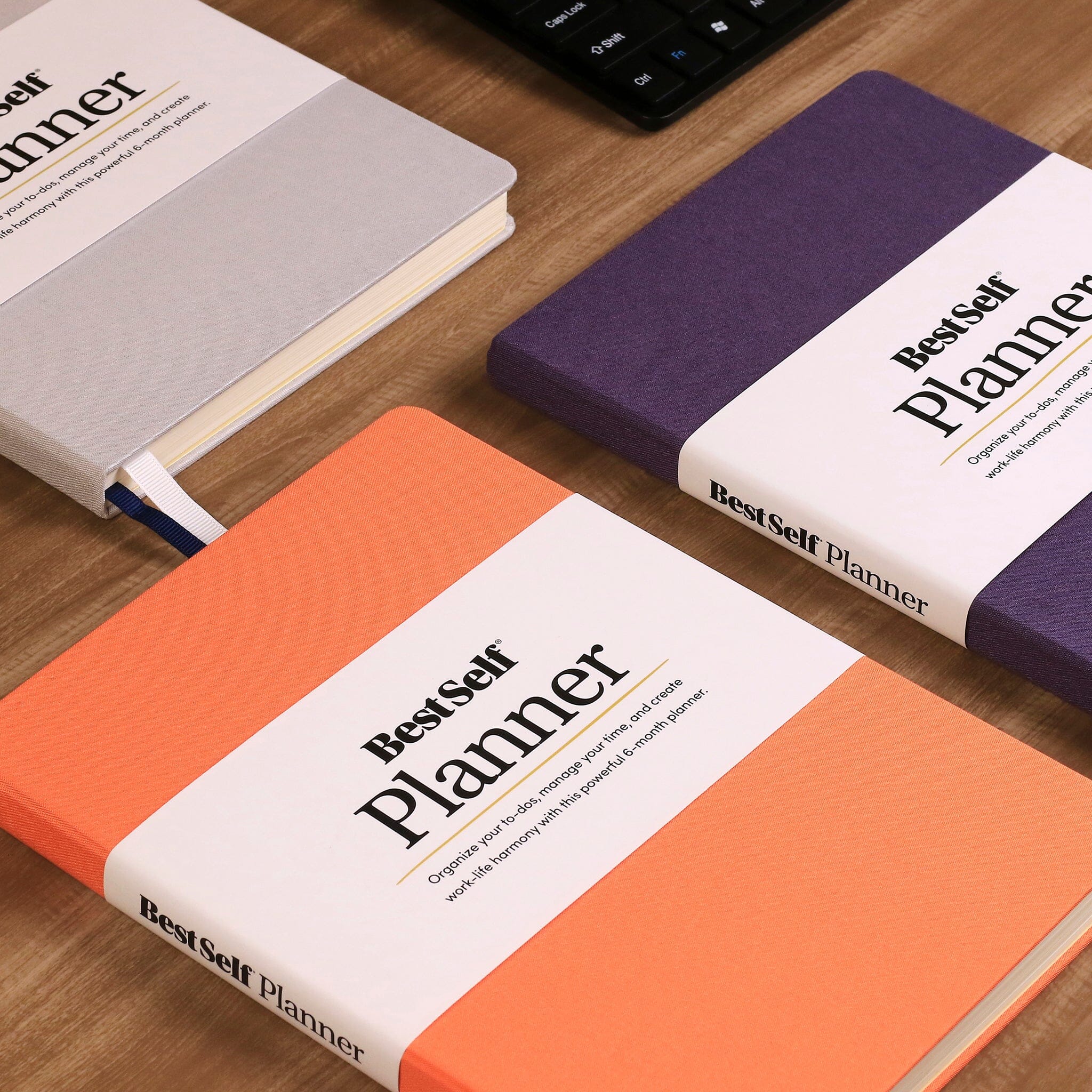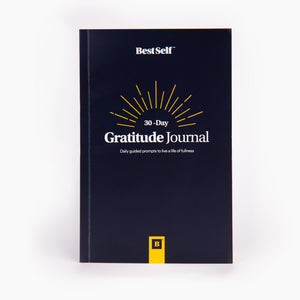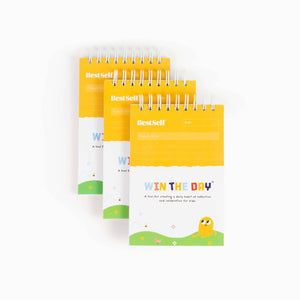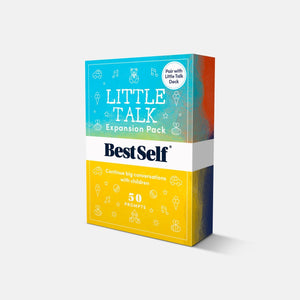Congratulations on starting your journey with the Self Journal! You’ve taken a powerful first step toward structuring your goals, building better habits, and making each day count. Imagine a life where each day feels intentional, productive, and fulfilling—that’s what your Self Journal journey can unlock.
At BestSelf, we believe that success is inevitable when you have a clear path forward and take consistent action. So let’s dive in together, step-by-step, and make your goals a reality.
Getting Started
A Step-by-Step Guide
To get the most out of your Self Journal, here’s a simple guide to help you start strong. Each step builds on the last, bringing clarity, direction, and momentum to your journey.
Tips for Getting the Most from Your Self Journal
These simple tips can help you unlock the full potential of your Self Journal and make each day a productive, meaningful step forward.
- Start Small: Begin with just one or two entries each day to build a consistent habit. It’s okay if everything isn’t perfect on Day 1—experiment and adjust as you go.
- Stay Consistent: Commit to filling in your journal daily, even if it’s just a few minutes. Small, consistent actions make a big difference.
- Use Time-Blocking: Allocate specific time slots for your top tasks to minimize distractions and get more done.
- Embrace Gratitude and Reflection: These small practices create a powerful shift in your mindset and help you stay motivated.
- Be Flexible: Life happens, and that’s okay. The journal is undated, so if you miss a day, simply pick up where you left off without stress. For example, if you miss a week, try filling out only the gratitude section to maintain momentum.
FAQs for New Self Journal Users
What if I miss a day or week?
No problem! The journal is undated, so simply pick up where you left off. Progress is more important than perfection. We designed the Self Journal with flexibility in mind. It’s okay to skip days; the journal’s purpose is to serve you, not stress you.
How much time should I spend each day?
A few minutes each morning and evening is enough. Consistency is key, not the time spent.
How is this journal different from others?
Unlike traditional planners, the Self Journal is backed by psychological principles to keep you focused and motivated, helping you achieve meaningful goals within a proven 13-week framework.
How do I make my goals SMART?
A SMART goal is Specific, Measurable, Achievable, Relevant, and Time-bound. If you need help, check out our goal-setting guide for more examples.
What if my goal changes?
Life changes, and so do goals. Don’t hesitate to adjust as needed to stay aligned with your priorities.
More Resources to Support Your Journey
The Self Journal journey is better together. Here are some additional resources to help you stay on track and get the most out of your journal:
Ready to Get Started?
The best time to start was yesterday. The second-best time is now! Dive into your Self Journal and start building the habits and routines that will lead you to success. Remember, the path to becoming your best self starts with a single step. Don’t wait—start creating the life you envision today.























